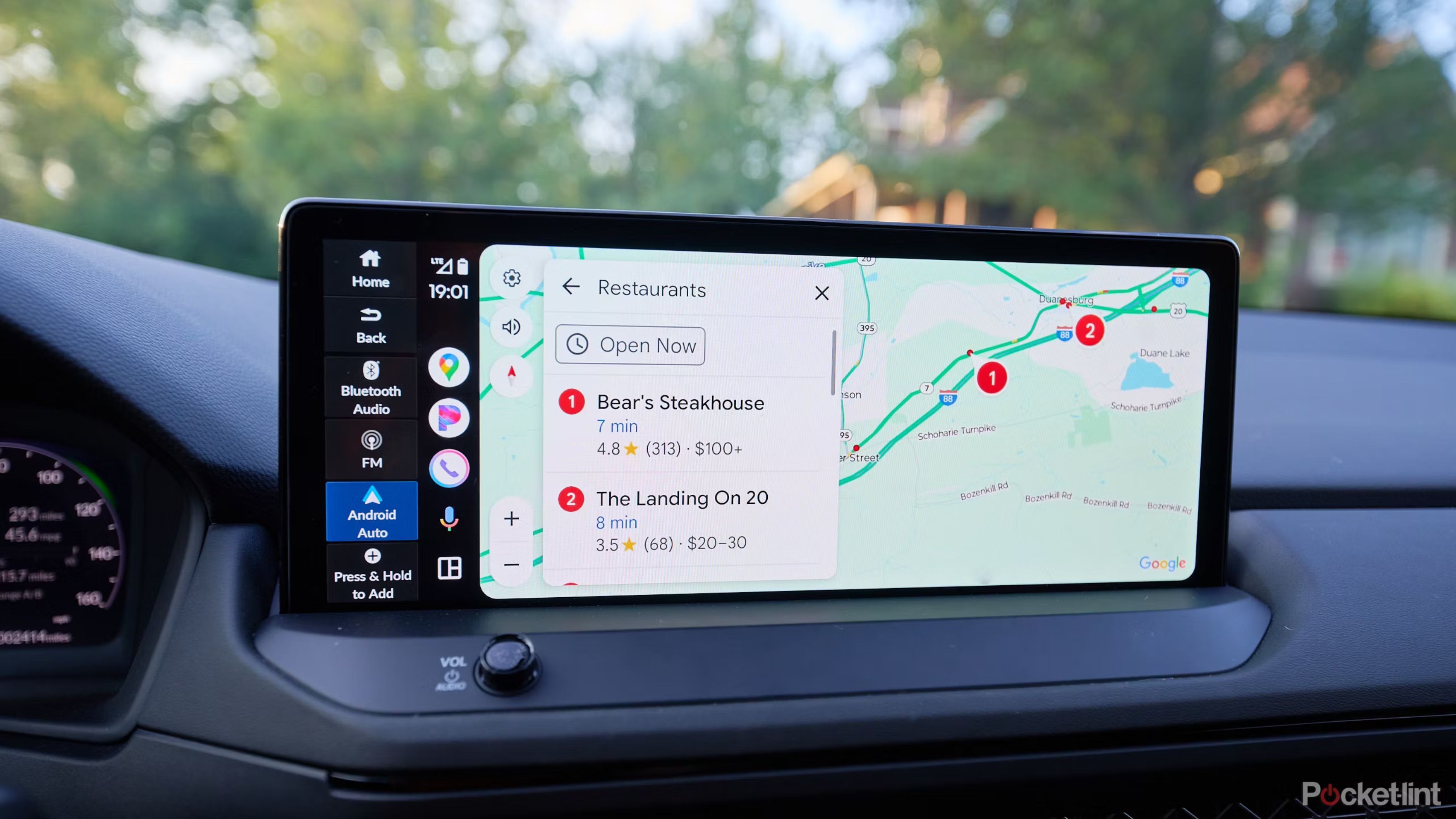Yamaha Electric Motocross Bike Revealed In Patent Images

Yamaha seems to be getting ready to launch its electric motocross bike, and latest patent filings reveal details of the machine suggesting that its close to being production ready. Now, Yamaha already has an electric trials bike called the TY-E, but there are several changes in the electric motocross bike which has been shown in the patent images. The electric motocross bike is different in several ways than the electric trials bike, and it uses some clever tech to make it suitable for motocross usage.
Also Read: Yamaha R3 Review In Pictures
The patent drawings reveal an electric motocross bike which seems to be almost production ready.
Yamaha’s earlier patent drawings of the new electric motocross bike had revealed that the bike’s transmission will be different than that of the TY-E. The trials bike has a conventional clutch paired with a single-speed gearbox, and combined with a flywheel which acts as a storage for energy. On the electric motocross bike Yamaha decided to eliminate the clutch and add some springs between the motor and the transmission. These springs are designed to soften the immediate response of the electric motor to help prevent jerky movements through the transmission. And like the TY-E, these springs can be used to store energy temporarily, which can be accessed for a momentary boost, like to lift the front wheel up, which will be required in MX use.
Also Read: Yamaha Aerox 155 With Smart Key Launched
The Yamaha TY-E electric trials bike also runs on electric power, but the new electric MX bike will have some different tech for motocross use.
Also Read: Yamaha R3, MT-03 Track Review
The electric motocross bike is also likely to use a waterproof battery, motor and transmission considering motocross use is likely to expose the bike to water. And to release any condensation from the components while being used in water or mud, Yamaha has added a set of breathers that run up to a point behind the bike’s steering head, mounting it up high in case the bike is ridden through deep water. And since there’s no engine intake or exhaust like a conventional internal combustion engine, the electric motocross bike is likely to be better suited for water wading.
Another feature which Yamaha will likely use is that the battery range and power from the motor can be used according to the time the bike will be used, like in the case of a race. In this case, motor output will be modulated to extend range from the battery, or more power in case the usage time will be less. In this way, riders can use the electric motocross bike, modulating the throttle at will, without having to worry about running out of charge during a race. These are novel features indeed, and considering the use for motocross and even pure off-road use, electric motors can be useful when one need not worry about running out of charge.




